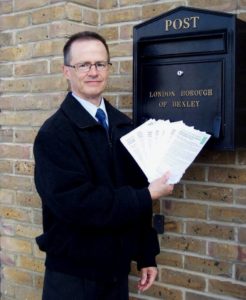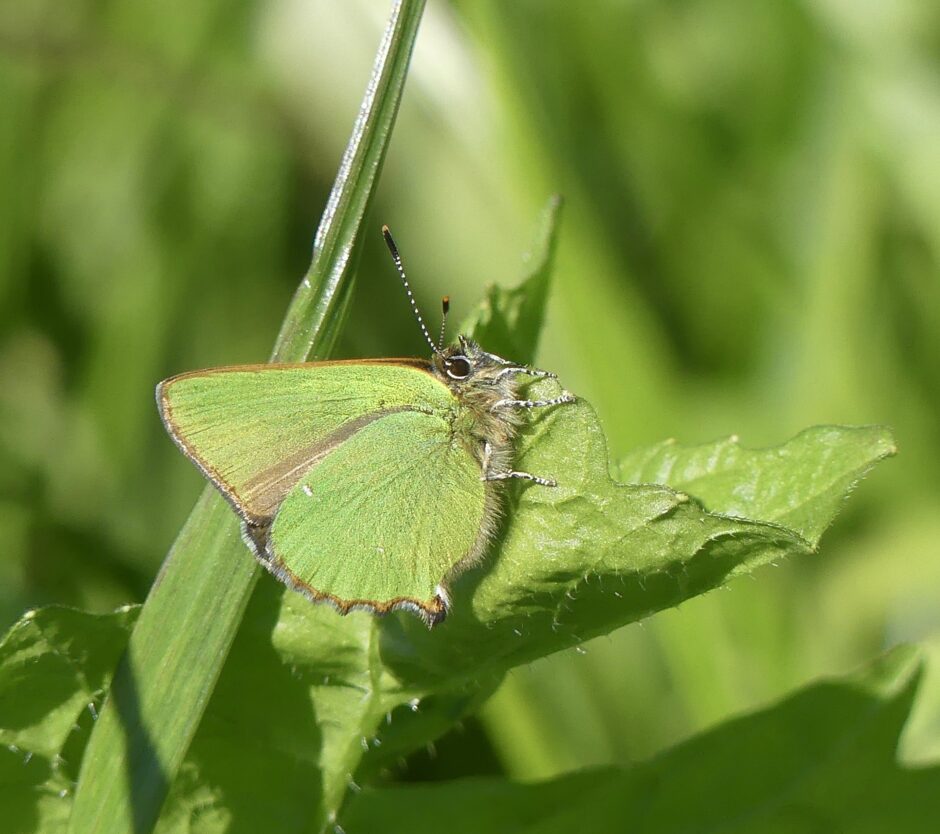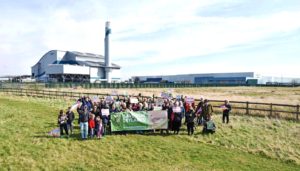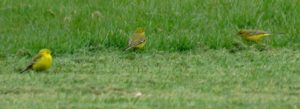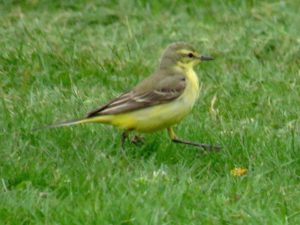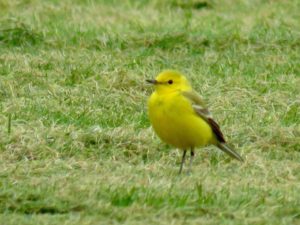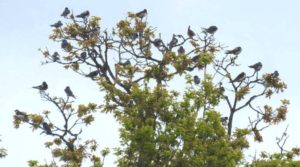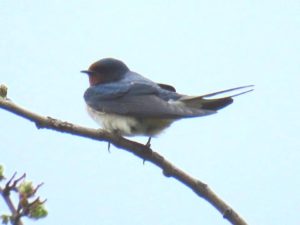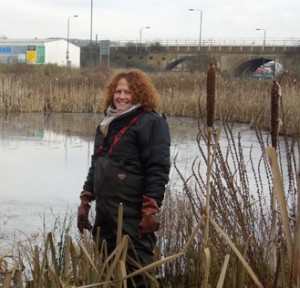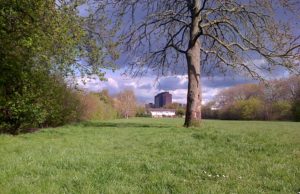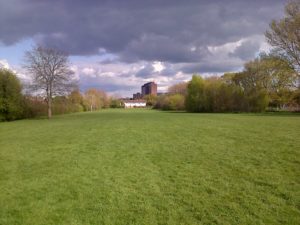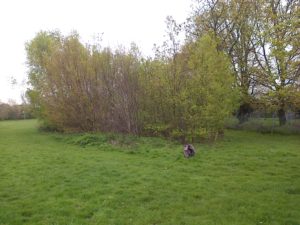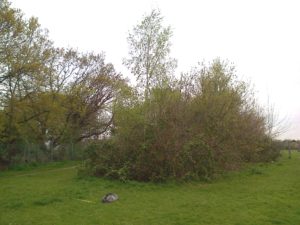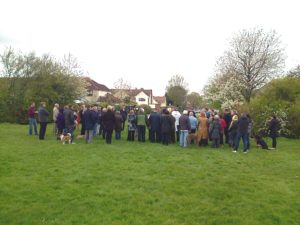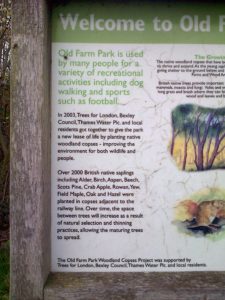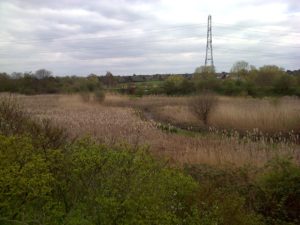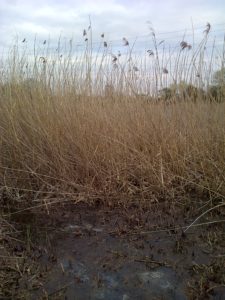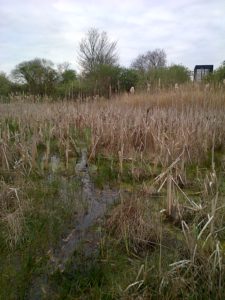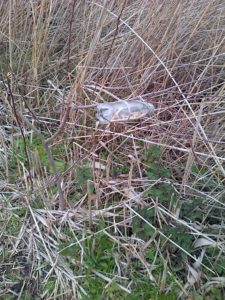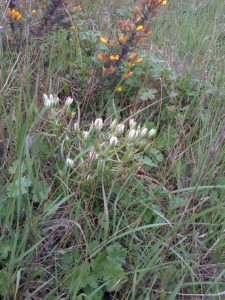The London Wildlife Sites Board, which reviews the process used by Councils to designate Sites of Importance for Nature Conservation, has confirmed that it has now received the relevant documentation from Bexley Council, and will consider this at its meeting on May 13th, 2 years and 2 months after the final deadline for public comments on the draft document.
Long-time followers of ‘BW’ will be aware that Bexley Natural Environment Forum, which made a significant contribution to the survey work for the review, has repeatedly pressed the Council about this foot-dragging, not least because of the number of SINCs that have come under the threat of development in the intervening period.
The Forum has gone so far as to take what is an unusual step in writing to the LWSB to raise concerns about aspects of the review process, the approval for which would normally be a formality, and that it might have let ride until the next one had it not been for the Council’s general attitude towards biodiversity of late. The text of that letter is set out below.
In the light of the Council’s claim at a recent planning meeting that the mapping of the Crayford Rough MSINC in the SINC review document was wrong and that 10% of the open, semi-natural area is not within the boundary, and the mismatch in the mapped SINC boundary at Old Farm Park in relation to the features cited in the accompanying text, the Forum will probably now write again to raise these matters as well.
The document will then need to be officially signed off by Bexley Council.
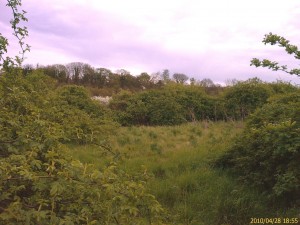
Whilst sitting on the SINC review recommendations over for two years, the Council has been happy to approve building on some 70% of Erith Quarry, a Grade 1 Site of Importance for Nature Conservation, claiming there will be no loss, and a ‘net gain’ in biodiversity.
OBSERVATIONS ON THE BEXLEY 2013 SINC REVIEW for consideration by the LWSB, February 2016.
Chris Rose, Barnehurst.
ON BEHALF OF BEXLEY NATURAL ENVIRONMENT FORUM – the umbrella body for Friends of Parks and Open Spaces groups, local wildlife experts and conservationists and sustainability campaigners in the Borough. We work to protect, restore and enhance habitats and biodiversity across Bexley.
Bexley Natural Environment Forum made significant input to the review, including fieldwork, which contributed to the proposal to recommend two more sites for SINC status, and others for enlargement. This was in addition to work resulting in the listing of a new site at the 2011 partial review. It has previously congratulated the Council on financing the review at a time of looming financial stringency.
The Forum does, however, have a number of concerns about the review process which it wishes to put before the board in the hope that this will help improve the way any future review is conducted. We note that the board has previously requested a change to SINC boundary proposals when review outcomes have been put before it. We therefore highlight two examples where we remain unhappy about what was recommended in the final draft.
With the exception of the specific sites mentioned below, we support the draft recommendations as published in December 2013, but are unable to comment on what Bexley Council now intends to put forward for its own approval, since as you will see, there have been no discussions with external stakeholders about any changes it may have decided to make to what that document said.
Review timescale. It will be noted that the deadline for public comments on the draft recommendations was February 2014, which is now two years ago. We have voiced our concerns about this delay to Bexley Council on a number of occasions during the last year, not least because of actual or looming sell-off or planning threats to potential new SINCs or sites recommended for promotion. Because Bexley Council did not take biodiversity into account when drawing up a list of sites for possible sale, it has now had to back-track and change the boundary of one site it insists on carrying on with the sale of (despite overwhelming public opposition) in order to exclude that part put forward for SINC status. It does not inspire confidence in the protection of biodiversity that the SINC review has got tangled up in the Council’s plan to bin its Core Strategy, which was only agreed in 2011, in order to hike the house-building target five-fold, without any electoral mandate for doing so.
Absence of opportunities for proper discussion on areas of disagreement. There has been no Site Selection Panel, no Local Sites Partnership and no attempt that we are aware of to set one up. BNEF was having quarterly ‘Biodiversity matters’ meetings with the Biodiversity Officer in the Planning Department, and the Parks and Nature Conservation Officer, but the last of these was at the end of 2014 and there has been no explanation from the Council as to why it unilaterally decided to call a halt to these, or even a notice that it has done so. We did ask for a proper Local Biodiversity Partnership to beset up, but that was rejected. When being pressed on the delay in sign-off, the Council has said that it would be accepting the recommendations with only small changes, but recent developments have made us somewhat sceptical of such statements. BNEF made an early submission on the scope of the review and suggested particular sites it thought should be looked at, and made other contributions throughout, including on the final draft. The process has, however, been rather one way. Although there has been an opportunity for the public at large to comment on draft proposals, there has been no opportunity for a round-table meeting to hear why the Council has taken certain positions, or to be presented with or have an informed debate on the final position before sign-off. We suggest that a more inclusive process in future, perhaps through a LBP, would improve the resources available to the Council at a time when 80% of the SINCs it wholly or partly owns do not have a management plan, with half of the few that do exist being out of date. It is also of significant concern that there is no mechanism to engage private owners of SINCs who, the Council says, only get any advice from it if they submit a planning application.
M041 Erith Marshes. BNEF asked that brownfield sites be surveyed, and London Wildlife Trust agreed this was a reasonable request. We accept that there are access issues in some cases. Lack of a list of such sites was also cited as a problem. Our particular concern is for the Cory/Borax fields on the west side of Norman Rd, along the eastern margin of Crossness Nature Reserve. These are probably seen as brownfield, but have never been built on and are not brownfield according to NPPF criteria. They are functionally part of the SINC from a wildlife point of view and support breeding Skylark amongst other things. These fields were accessible (partly unfenced) at the time of the fieldwork, and in any event could be looked at closely from 3 sides without trespass. We have made more than one attempt to get a clear answer from the Council as to whether they were recommended for SINC status, and if so why this was left out of the final draft review document, but have not had a clear answer. Since the review was done for the public out of public money, the public should see the unadulterated recommendations, and it should be the Council’s responsibility to explain in public why it opposes any of them. The Council now miraculously finds itself able to start drawing up a register of brownfield sites (no doubt for ‘development’ purposes), despite having less money than in 2013, but has said in writing that it will pay no attention to actual or potential biodiversity value when doing so. It is our contention that these fields should be included in M041, not least because of the large actual and impending losses of wildlife land to ‘development’ across this area in recent years.
BxBI04 Erith Quarry. It will come as no surprise that BNEF is dismayed that in 2015 Bexley’s planning committee voted unanimously to build on about 70% of the site and that the Council claimed that there would be ‘no loss and a net gain’ in biodiversity, a claim for which no peer-reviewed evidence has ever been presented. ‘Mitigation’ (if it can be called that, which we would dispute) boils down to leaving 3.25 ha of ‘grassland’, plus a wood fringe already protected by saved UDP policies anyway. The 3.25ha is only half the area required by all the reptiles dumped into that remaining fragment, based on the density calculated from the number of adults captured. The calculation did not include juveniles. We have not been made party to Bexley’s final decision on whether to carry on claiming what’s left amounts to a Grade 1 site. If it does we fear this will be more a face-saving measure than a credible claim based on any hard data.
BxBII16 Crayford landfill and agricultural. This is recommended for promotion from Grade 2 to Grade 1, but is once again threatened by a huge road/railfreight interchange planning application that is now under consideration by Bexley Council. We support the promotion, object to the application and would dispute any attempt to reject the proposed promotion to make passing the planning application seems more acceptable. Amongst other things we understand that Corn Bunting are now breeding on the affected area and are down to perhaps 20 breeding pairs in the whole of London.
Perry Street Farm. Proposed new Borough Grade 2 site. We are not clear as to why a copse in the north west corner, adjacent to the rear of houses on Wyatt Rd, and running up to that road as it approaches the junction with Gascoyne Rd, should have been excluded. We also asked for Stoneham Park, on the east side of the farm, to be included, since this is also valuable for bird species listed in the citation, and we understand it was included with the farm in previous Bexley Green Grid proposals. We think these areas should be included within the SINC.
Our Lady of the Angels. Proposed new Borough Grade 2 site. We support the listing of the cemetery, but also asked for the block of woodland along Carlton Rd and to the west of the church buildings, to be included in the SINC. It may be that we were not clear enough about this in our early proposals about the scope of the review, but we later submitted spread-sheeted records with grid references that made it perfectly clear what we were talking about. It was not surveyed. We think the woodland should be included on the grounds of mature Sessile Oaks and associated birdlife such as Nuthatch, Jay and Great Spotted Woodpecker and Purple Hairstreak butterflies. The Council declined to look at this at the time, despite being happy to make major timescale allowances on the review for the ‘developers’ who wanted to build over Erith Quarry, a site to which LWT were not given access.
Grasmere Road Allotment site. The site is listed in table 2 as having been agreed with the Council for survey. The following statement is made at the end of the draft review: ‘This site was not accessed but was viewed from main gate. It was not considered to be of a value worthy of a SINC based on this.’ This rather beggars belief, we’re afraid. That LWT should show up expecting to be able to walk onto an allotment site without a key or having made an appointment with the Site Representative is strange. That the Council did not ensure that a key was made available or inform LWT as to who they could arrange a visit with is worrying. Since the site is surrounded by houses and sits at the top of a steep narrow path so that only a miniscule part can be seen from the only gate makes the statement look rather ridiculous and unjustly dismissive.
The Council’s reason for not recommending SINC status for this site at the 2011 partial review was that ’The London Borough of Bexley is very reluctant to designate allotments as SINCs, as this could be contrary to its policy encouraging greater take-up of allotments for growing food.’ Since the Bexley Federation of Allotment and Leisure Gardeners’ has started that allotment sites are, inter alia, ‘nature reserves’ and has a Biodiversity Officer, this position looks rather lame. It is also at odds with the position of a number of other London Boroughs which do have allotment sites as SINCs. The reality is that there are a number of allotment sites in Bexley that have greater wildlife quality than some existing SINCs. A survey under the Bexley BAP has shown that allotment sites comprise about one third of Common Lizard sites in the Borough, at a time when the Council keeps approving building on others, and that half the sites support Slow Worms and half Common Toads (all BAP species), as well as being good for butterflies and in some case reporting Hedgehogs.
Unfortunately the lack of ‘partnership working’ meant that we were not aware of or able to debate this issue with the Council in the context of the 2013 review, and by the time the ‘outcome’ had been published it was too late to try and get it changed.
___________
ENDS

